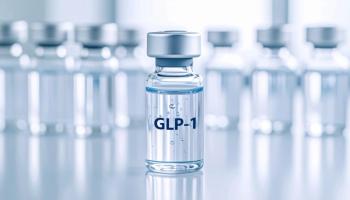
Beating HIV: It Takes More Than a Village, It Takes a World
Although statistics gathered in 2016 indicate that we've made significant progress in reaching patients with HIV, only approximately 60% of them are in active treatment.
We've entered a new era in the treatment of HIV. Scientists have successfully developed treatments that reduce viral load. It seems entirely possible that with ubiquitous treatment for populations with HIV, we can reduce viral load to the point that the risk of secondary transmission will be negligible. This dream will only be realized if all 35 million people who are living with HIV adhere to treatment. However, treatment access and adherence are major barriers.
Although statistics gathered in 2016 indicate that we've made significant progress in reaching patients with HIV, only approximately 60% of them are in active treatment. This is the focus of a review article prepared by a health care team from Massachusetts General Hospital and Harvard medication school and published in the Journal of the International AIDS Society.
The United Nations is promoting a global campaign called "UN AIDS 90-90-90." Its goal is to end the AIDS epidemic by ensuring that 90% of individuals with HIV are on treatment, and 90% are virally suppressed. The terminal 90% in the sequence refers to 90% adherence at all times, which is essential for viral suppression.
Pharmacists are all too aware that numerous factors affect adherence. While many individuals attain viral suppression initially, as the duration of treatment increases, so does nonadherence.
This review summarizes expert opinion about interventions that can reach mass populations.
The experts recommend increasing the use of electronic pharmacy refill tracking systems. More importantly, they recommend using data from the systems to design specific interventions that encourage adherence. These systems need to be designed in such a way that when patients miss a refill, members of the health care team can reach out immediately to encourage adherence or determine why nonadherence is occurring.
Many pharmacies already use this type of software, but it's not clear how many of these pharmacies actually use the data to improve communication. The experts indicate that such systems have some limitations. Systems may sometimes miss incomplete adherence. They also point out that unannounced pill counts seem to work better than retrospective review of dispensing records. However, unannounced pill counts are labor intense.
The experts' basic recommendations also include improving existing health care infrastructure and leveraging available resources. Peer counseling and adherence clubs seem to work, and public health officials can augment them with new models of care and multimedia technology. The overall tone of this review is positive and encouraging. With time, we will beat HIV.
Reference
Haberer JE, Sabin L, Amico KR, et al. Improving antiretroviral therapy adherence in resource-limited settings at scale: a discussion of interventions and recommendations. J Int AIDS Soc. 2017;20(1):1-15.
Newsletter
Stay informed on drug updates, treatment guidelines, and pharmacy practice trends—subscribe to Pharmacy Times for weekly clinical insights.

















































































































































































































